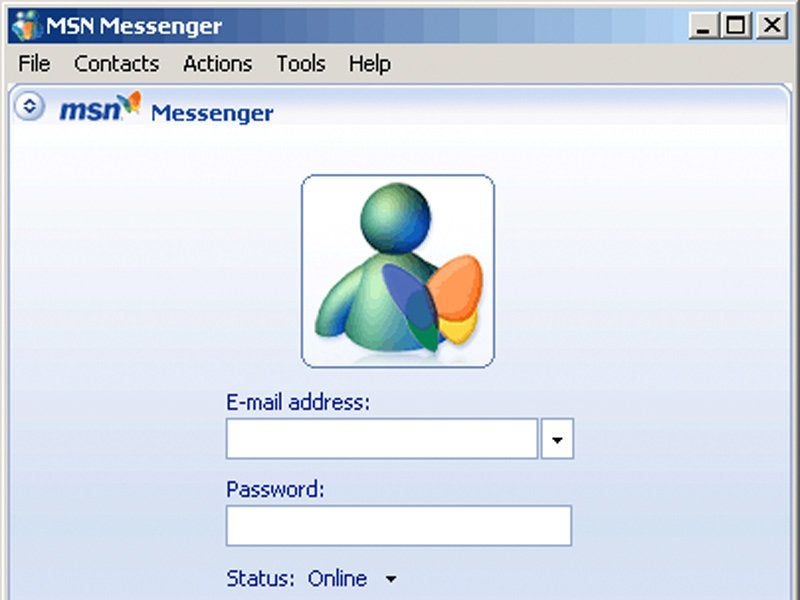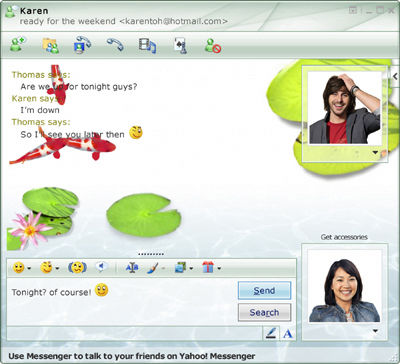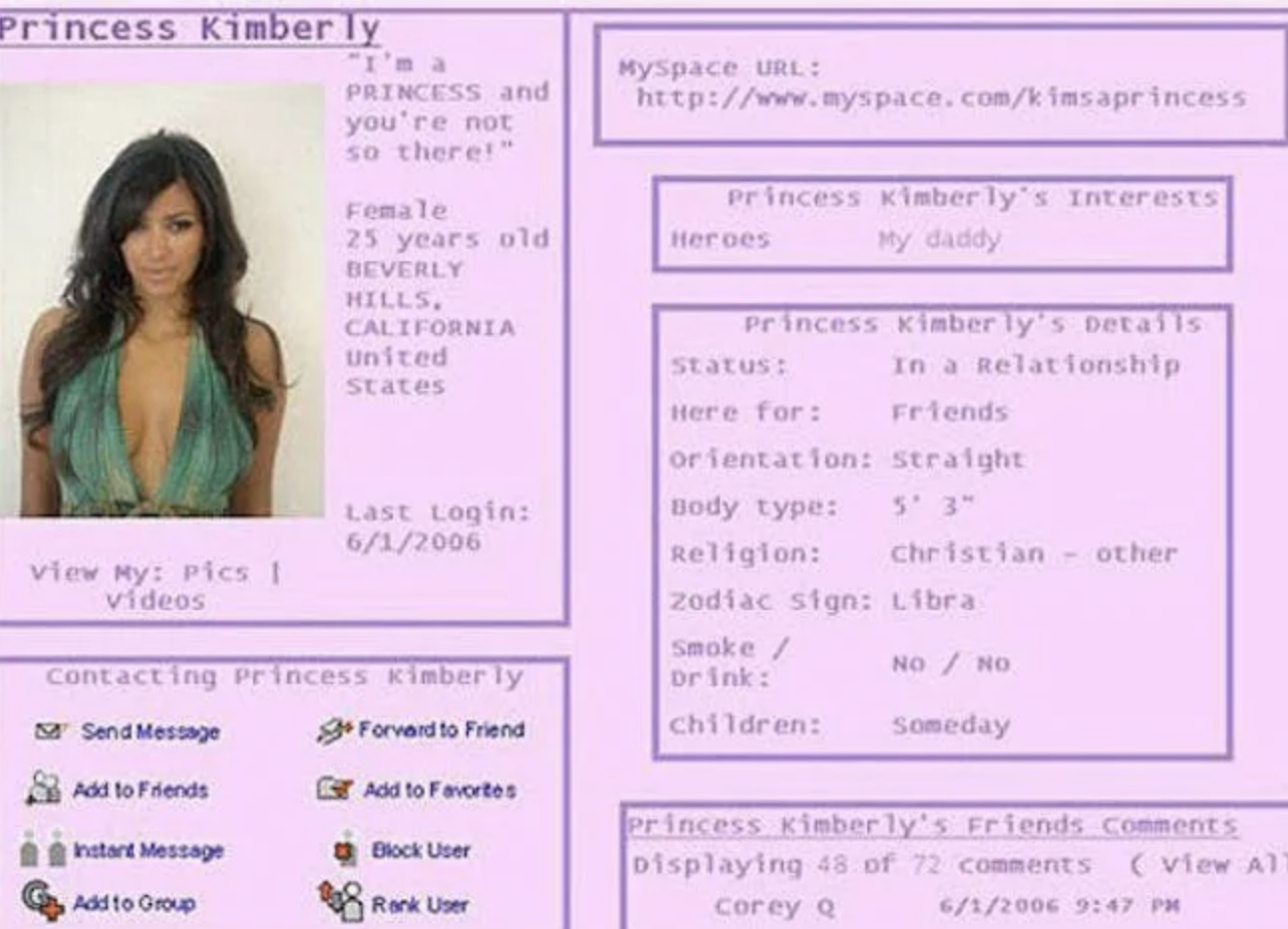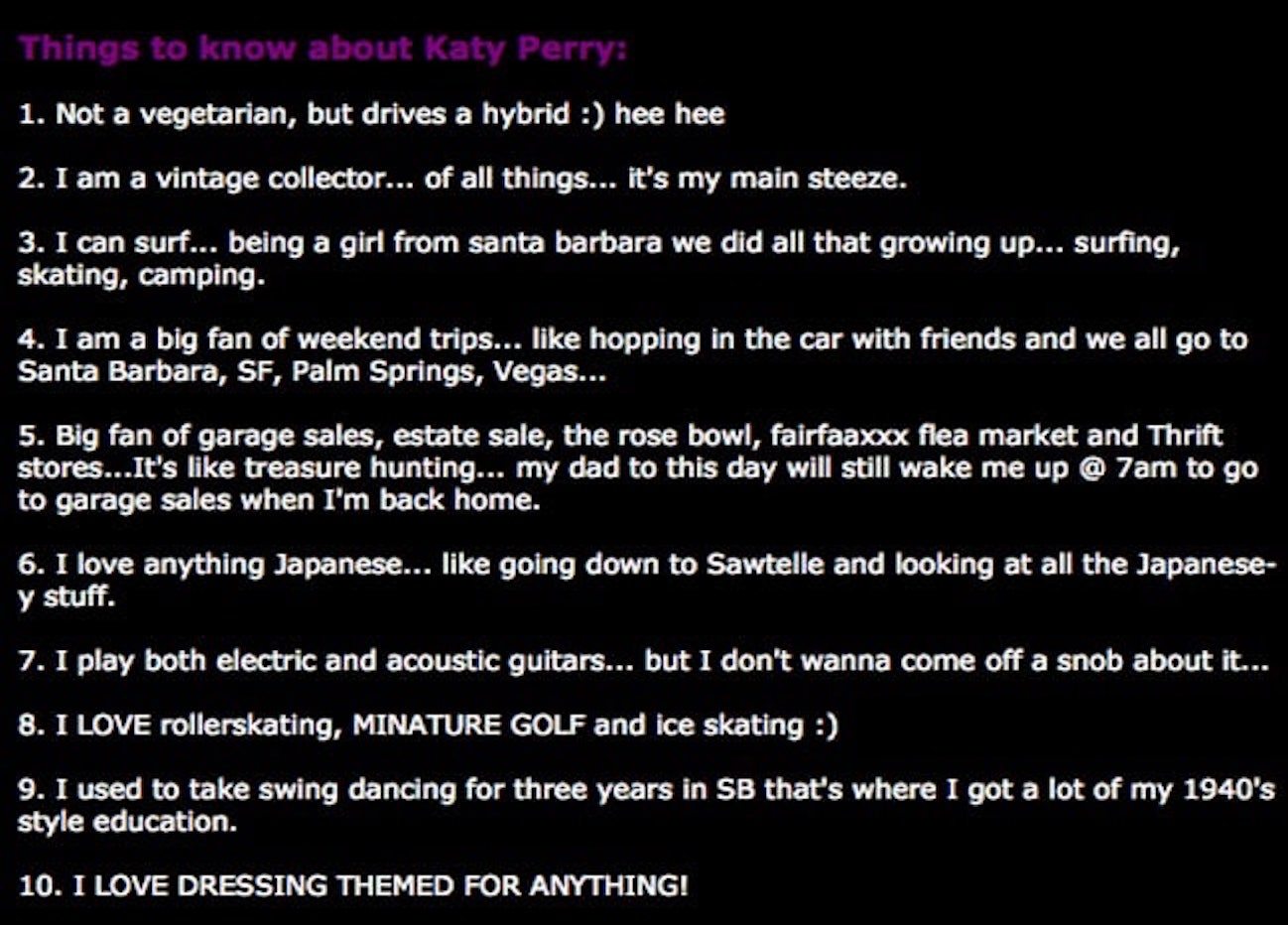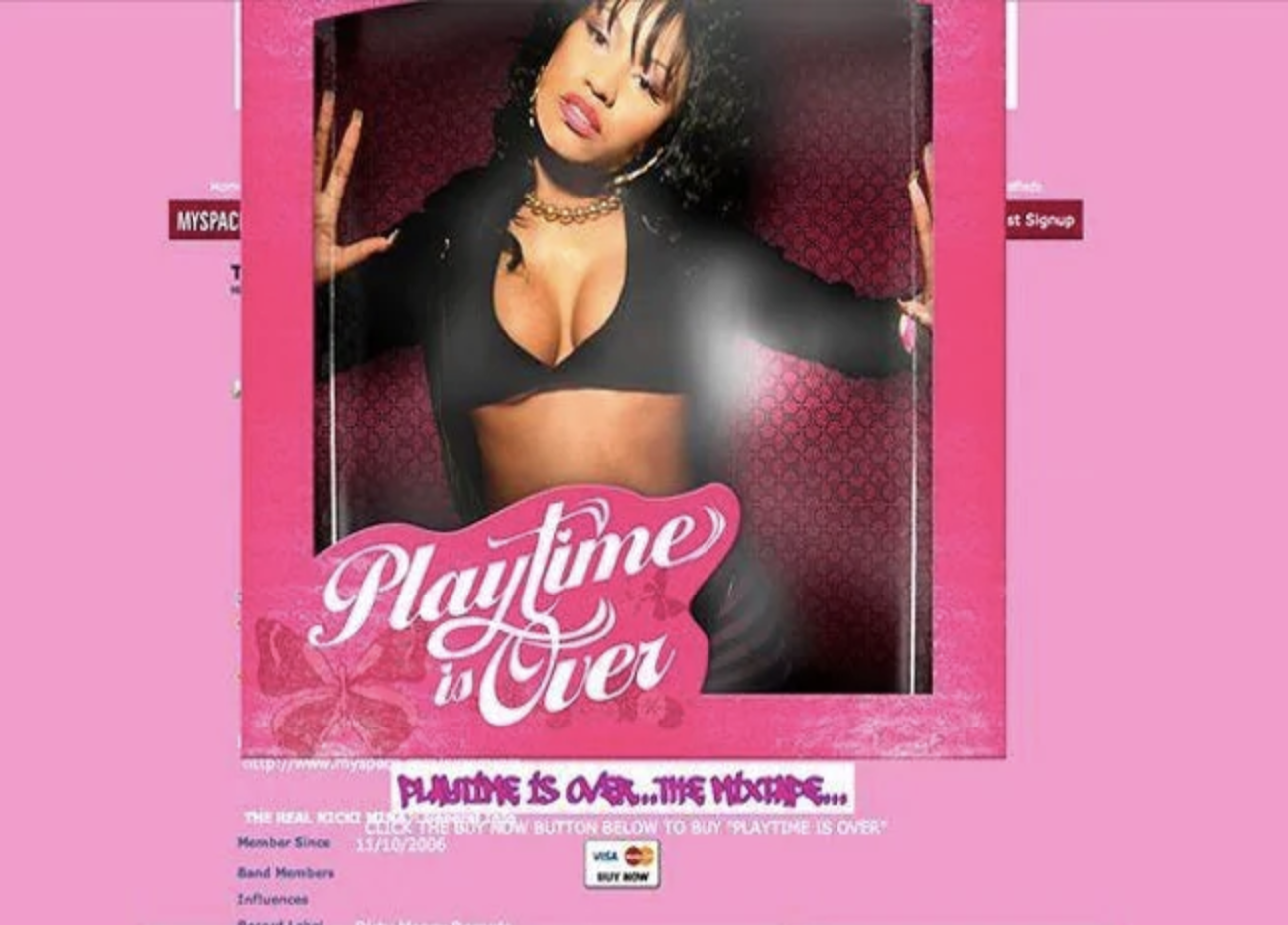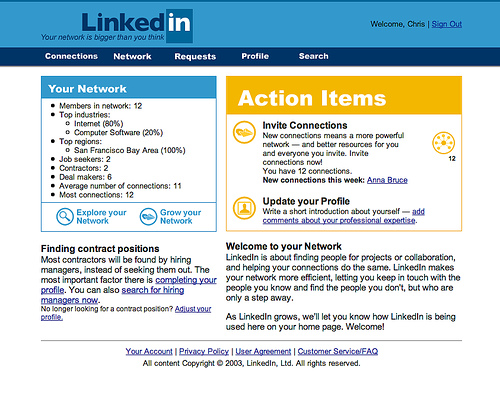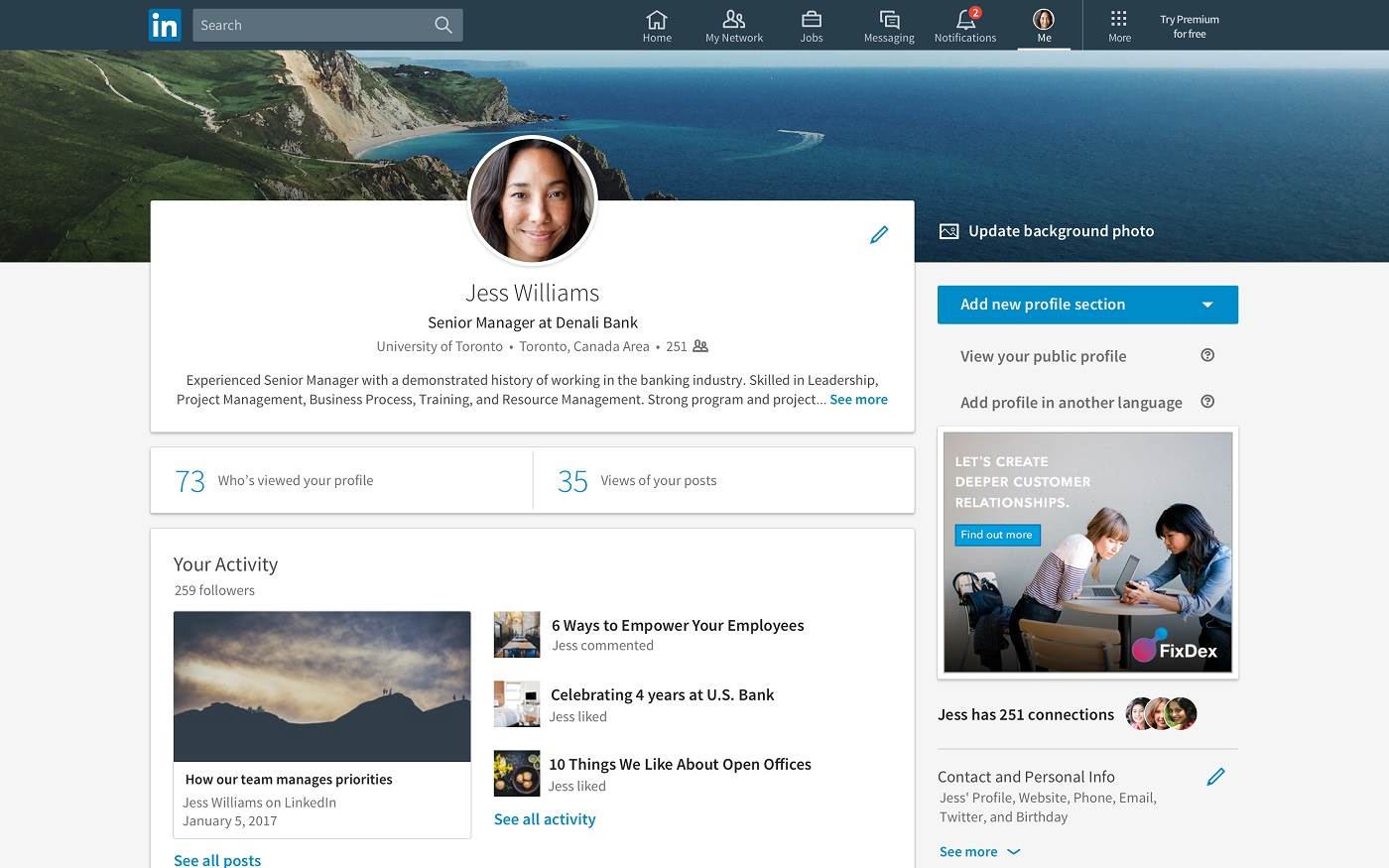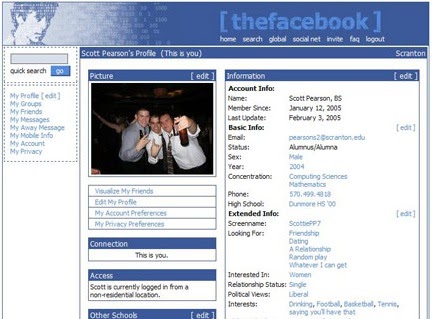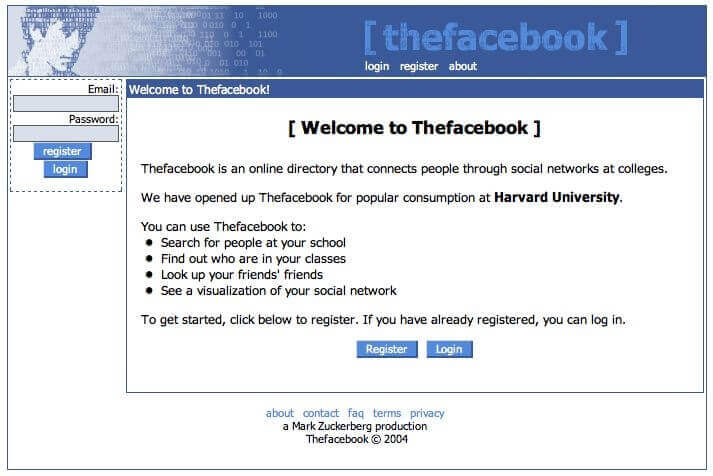Social media has taken the world by storm and altered the way that we communicate with one another. Throughout the years, social media platforms have evolved and changed to fit the fast-paced, changing needs of today’s society. From instant messaging to sharing pictures or videos, let’s dive into how the world’s most popular social media platforms have changed throughout the years to meet the needs of their users.
MSN Messenger (1999 – 2014)
MSN Messenger (aka Windows Live Messenger) was the OG messaging platform used in the early 2000’s and was connected to your Hotmail account, allowing the user to chat with their friends in customizable chat boxes.
Some of their most notable features included some of the first emoticons, changeable chatbox backgrounds, profile pictures, and of course… MSN’s infamous winks and sounds. Nostalgic.
MySpace (2003 – 2008)
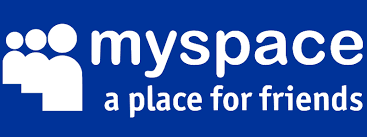
This early social media platform had everyone believing they were a professional computer code writer. Using HTML coding, usually with some help from an experienced friend or family member, users were able to customize their profiles to express themselves.
If you had a profile on MySpace, then you likely recognize your first friend. Tom.

Tom’s profile was automatically assigned as your first friend until 2010 and was meant to be the platform’s co-founder, Tom Anderson.
Some of the most memorable features of MySpace was the ability to add a song to your profile that would automatically play when someone visited, your top 8 friends, and MySpace quizzes. Even celebrities that you know today were on MySpace
- Kim Kardashian
- Katy Perry
- Cardi B
While you can still go onto myspace.com today, the former social networking giant lost its popularity in 2008 when it, unfortunately, failed to maintain its market share.
LinkedIn (2003 – Present)
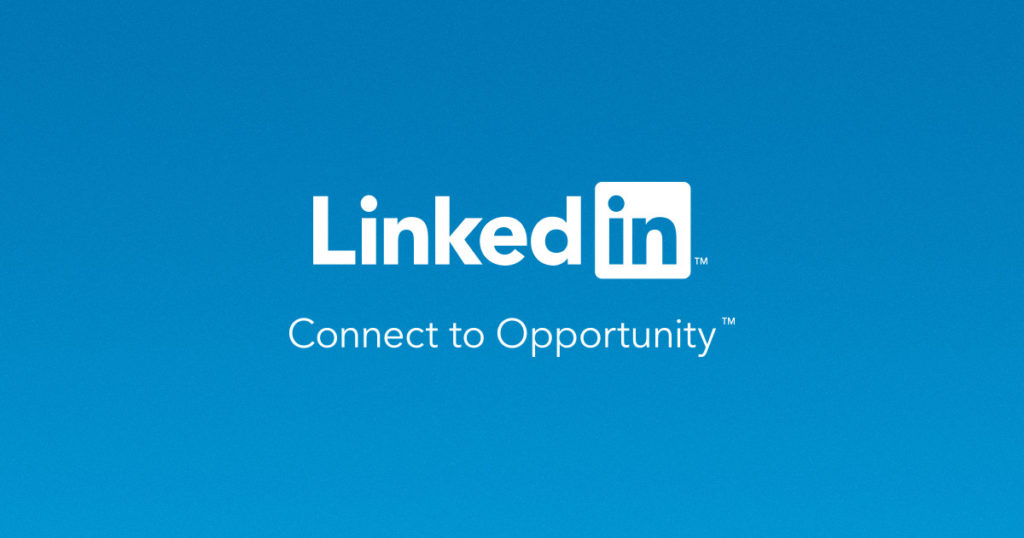
This popular professional networking platform has come a long way since it’s initial launch in May, 2003.
Starting as a place to connect with colleagues, potential employers, and prospect clients the platform LinkedIn has become a crucial part of many companies recruitment and advertising strategies.
Today, 92% of B2B marketers include LinkedIn in their digital marketing mix and generates more than 50% of all social traffic to B2B websites & blogs. According to Hubspot, as a result, LinkedIn is 277% more effective at generating leads than both Facebook and Twitter.
Today, an average of 100 million applications are submitted on LinkedIn per month, making it an excellent place for recruitment and job searching. Ensuring that you have a full and completed LinkedIn profile can even increase your chances of being hired.
Of the social media platforms, LinkedIn is actually the longest-running while maintaining its popularity and usefulness by staying relevant to business professionals.
Facebook (2004 – Present)
While controversial, Facebook is undoubtedly one of the, if not the most, popular social media platforms out there. Starting as “thefacebook” in 2004 and was originally intended for Harvard students only.
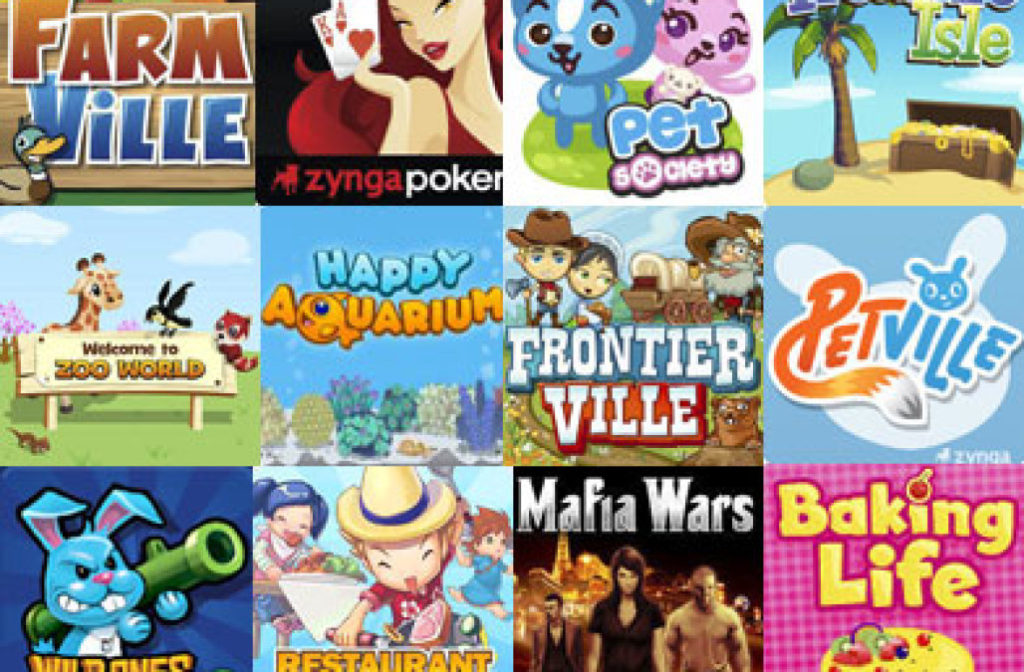 In 2006, Facebook was open up to the public for anyone above the age of 13 with a valid email address and took the world by storm.
In 2006, Facebook was open up to the public for anyone above the age of 13 with a valid email address and took the world by storm.
Some infamous early features included pokes, relationship statuses, seeing mutual friends, games, and more that can be still seen today.
Farmville was an incredibly popular game in the early days of Facebook, earning itself top spot as the most popular game on the platform for over two years. At its height, in 2010, the game had 83.7 million monthly users. Farmville allowed Facebook users to create their own virtual farm which could be more easily improved with the help of friends by sending gifts or doing tasks on other’s farms. This inspired many games after, however none quite reached the success of original Farmville.
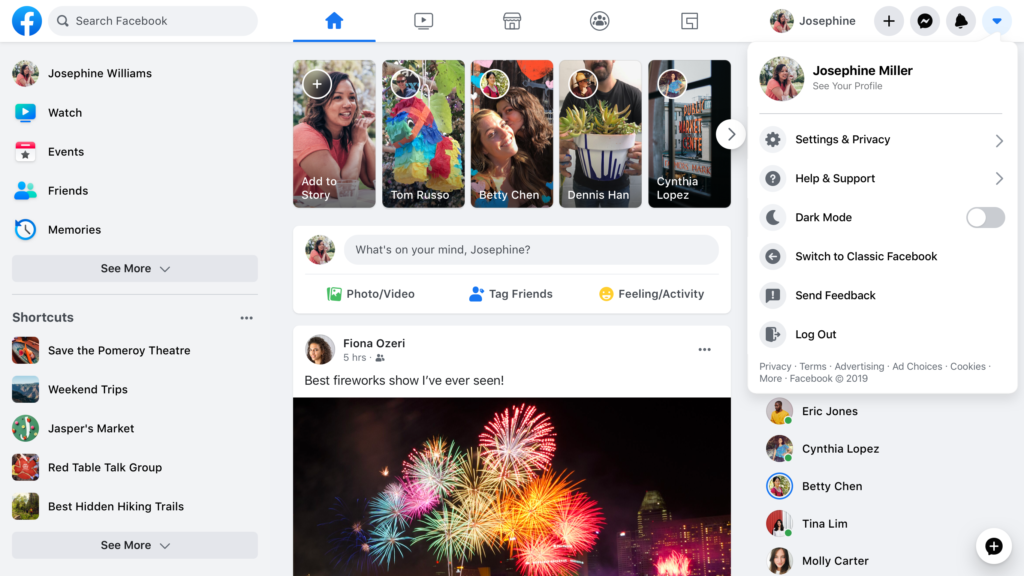
Today, Facebook can still be used to play games, however the more common use for the platform is now sharing news stories, videos, memes, sending messages via Facebook Messenger, or selling items on their virtual garage sale Facebook Marketplace.
Throughout the years, Facebook has grown to be the most used social media platform in the world with 2.6 billion active users as of July 2020. It is, however, significantly more popular among adults, with Generation Z being the smallest user group on this platform.
Twitter (2006 – Present)

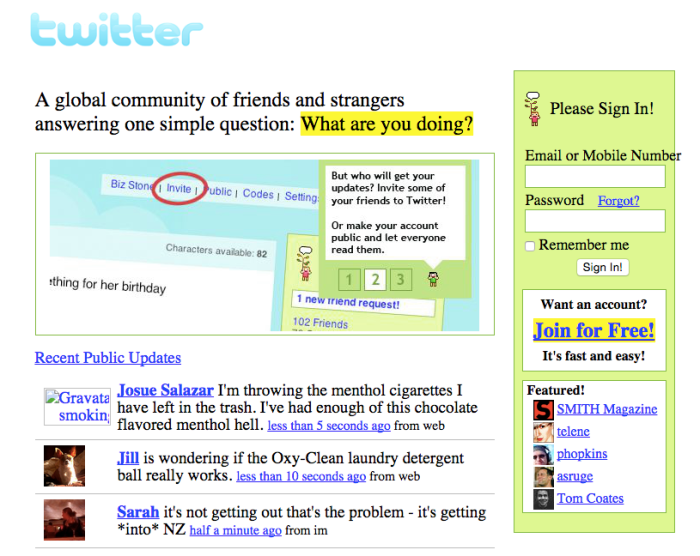 The microblog and social media service, Twitter, has seen a lot of change since initially launching in 2006. As a microblog, Twitter allows users to interact with each other using an image, video, or short sentence known as a tweet. This limitation of characters makes users be more concise with their status updates and increases the frequency in which they post per day.
The microblog and social media service, Twitter, has seen a lot of change since initially launching in 2006. As a microblog, Twitter allows users to interact with each other using an image, video, or short sentence known as a tweet. This limitation of characters makes users be more concise with their status updates and increases the frequency in which they post per day.
The famous hashtag and trends feature was not introduced onto Twitter until a few years after launch in 2008.
The idea of the hashtag came from blogs where authors would ‘tag’ their content into categories for readers to easily find a desired topic. This allowed users to find other tweets relating theirs and can conversation with others who are interested if they wish.
Originally, trends tracked the frequency in which a hashtag or keyword is being used throughout the site. These trends are then ranked in order of popularity and can change depending on the location, however, some trends are world-wide.
It was quickly discovered that Twitter usage spiked during prominent events, making it an ideal platform for tracking internet discussion. In 2009, the site crashed when users were updating their status with “#MichaelJackson” at a rate of 100,000 tweets per hour.
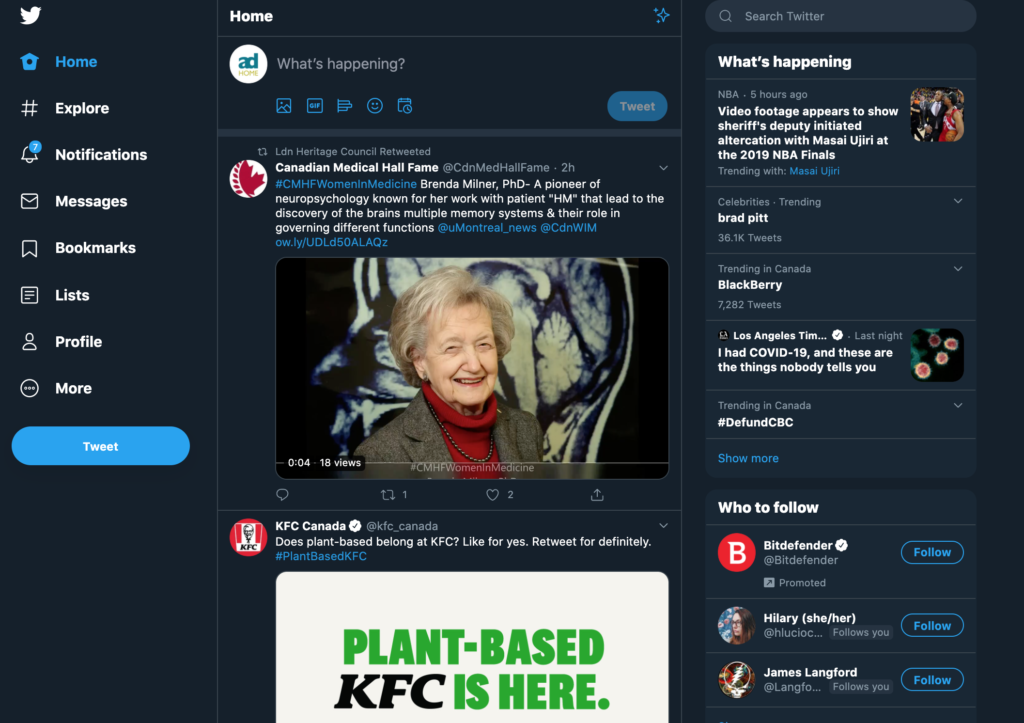
In 2018, Twitter doubled the available character limit from 140 to 280 in an attempt to see people hit the character limit less often, with successful results. This was particularly necessary for English speaking users in which 9% of tweets were over the limit prior to this change.
Even though Twitter has evolved so much in the way of features, the way users use the platform has stayed consistent since the beginning, “A global community of friends and strangers answering one simple question: What are you doing?”. However today, some may argue that more users use the platform to let everyone know, “What are you thinking?”
Instagram (2010 – Present)
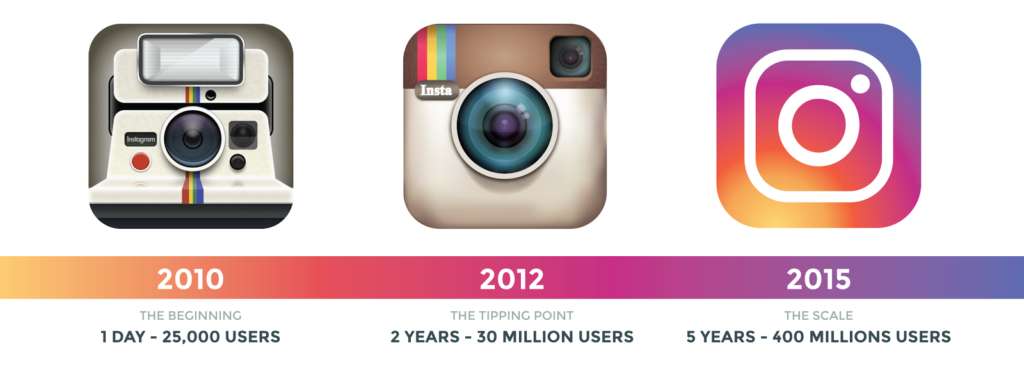
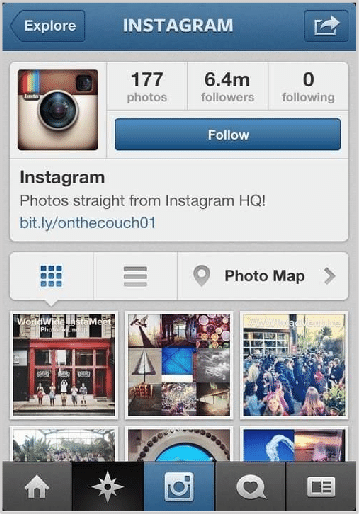
Early Instagram users will remember these neutral, vintage inspired logos from a much simpler time. In the ten years since Instagram has launched that platform has established itself as a leader in the photo/video sharing space.
While the simplicity of Instagram’s layout and design have stayed consistent throughout the years, it’s functionality has drastically changed and in many ways improved.
It is certainly worth noting that Instagram was bought by Facebook in 2012 for $1billion dollars, a move that was speculated as an attempt for Facebook to maintain market dominance.
Hashtags and the explore page were added so that users could discover new, interesting people to follow. This helps build up Instagram’s extremely complex algorithm which dictates which pictures show up on a users feed.
Some of the most notable changes to Instagram since its release has been their addition of stories, IGTV, reels and shopping capabilities.
The addition of IGTV and reels was in direct response to the rising popularity of video content online. By adding these features, Instagram is able to stay relevant to the younger generation who prefer platforms like Snapchat and TikTok.
Most recently, Instagram has removed the ability for followers to see your likes. They rationalized this change by claiming that too many users put too much value on the number of likes they receive and by doing this they are better able to foster a positive community.
Snapchat (2011 – Present)
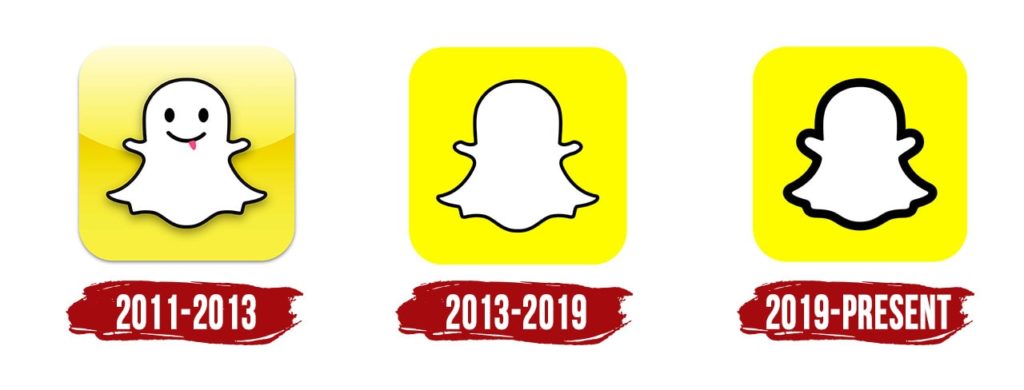
The launch of Snapchat introduced a new form of communicating with friends and family, outside of the traditional messaging platform. Initially, there was no text or video capabilities, only photos.
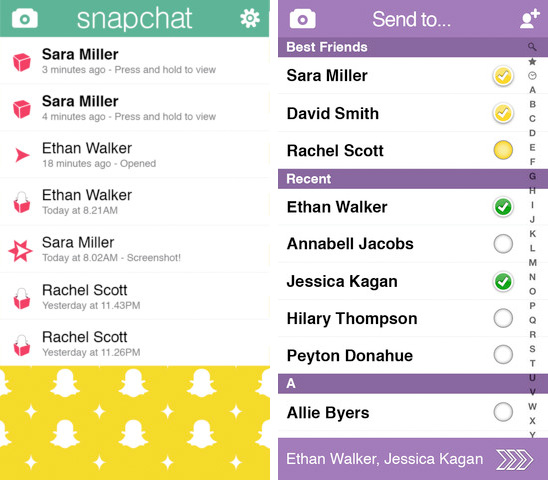
One feature in particular that early Snapchat users will remember is the ability to see your friend’s best friends.
In 2013, Snapchat stories (the original stories) were added and were a huge success. As a result, a number of platforms such as Instagram, Facebook, and even Twitter have copied this functionality.
Some other relatively new functionalities to Snapchat include their ‘discovery’ and ‘map’ tabs.
Through the discovery section, Snapchat users can find an array of ‘shows’ and news outlets who publish content about entertainment news, lifestyle and more.
On the map tab, users are able to see where their friends are located around the world if they have the functionality enabled. At release, this was an incredibly controversial function with many users having concerns over security. However, it is still a functionality on the platform to this day.
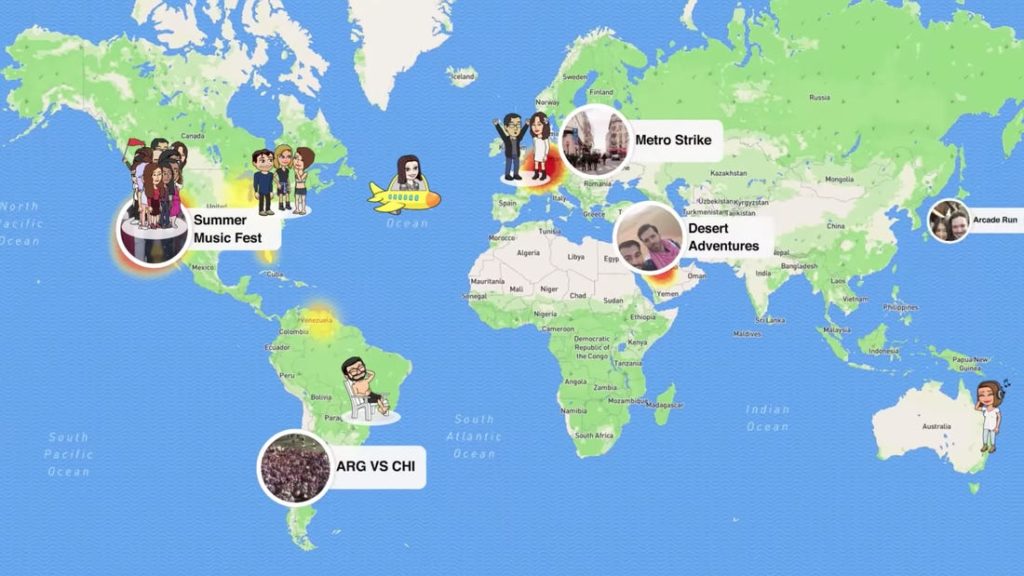
Vine (2013 – 2016) – Tiktok (2019 – Present)
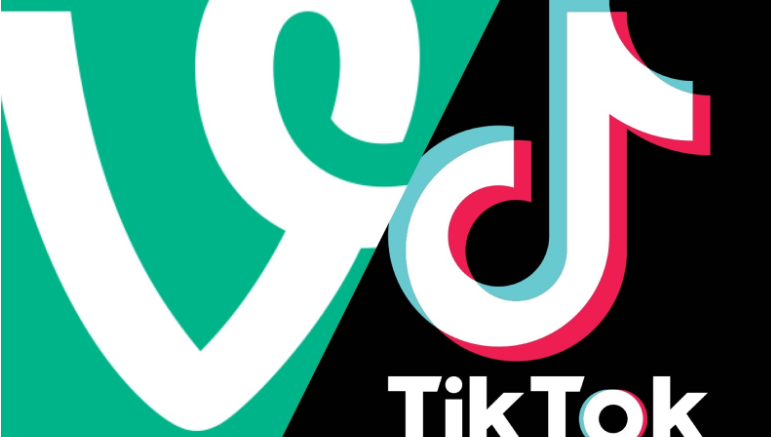
Both Vine and TikTok are known for short video clips of miscellaneous content, majority being comedy, music and dance.
Vine was wildly popular before being shut down in 2016 to much dismay of its users. After this, many of the content was republished on other social media platforms and made into compilation videos that can be found on YouTube.
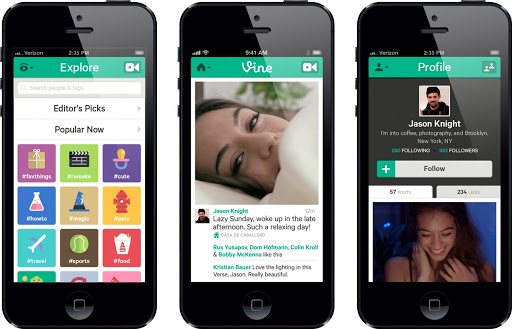
After Vine came Music.ly, who later turned to TikTok. As the most recent social media platform to hit the scene, TikTok has not gone without its share of controversy. We talk more in depth about the history, functionality potential of TikTok in this blog!
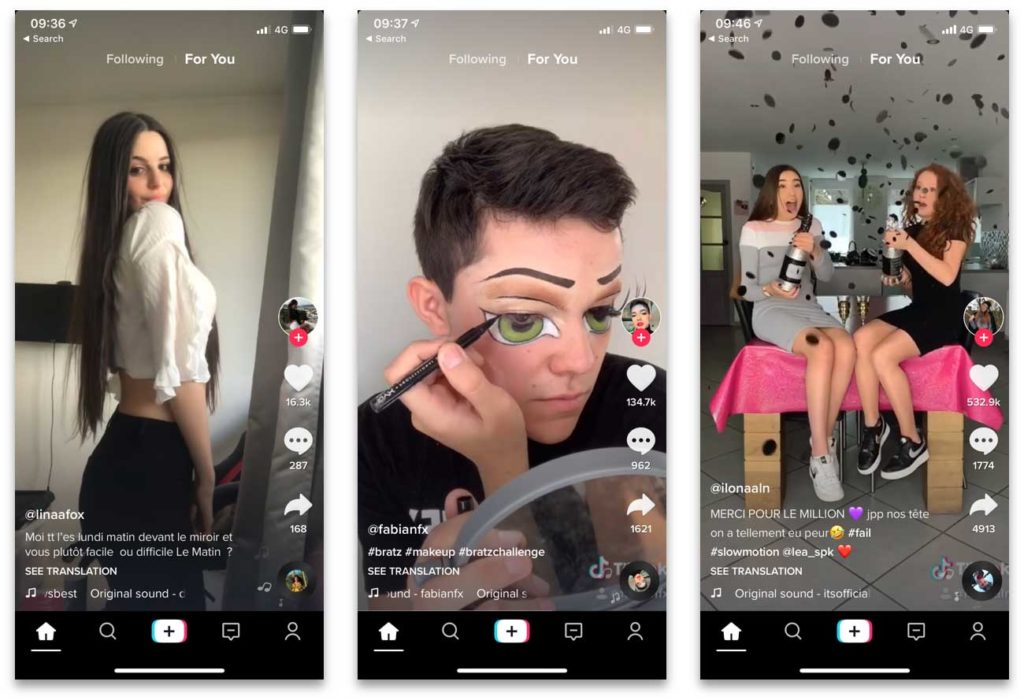
Over the years, as the way we prefer to communicate online has changed, so have the platforms we use. In the early 2000s, messaging services dominated the digital space, then, as digital and cellphone cameras became better and more accessible, so too did places to share pictures and videos with the world. Today, it is incredibly hard to imagine the world without the instant connectivity of social media, and we wonder what is next.
